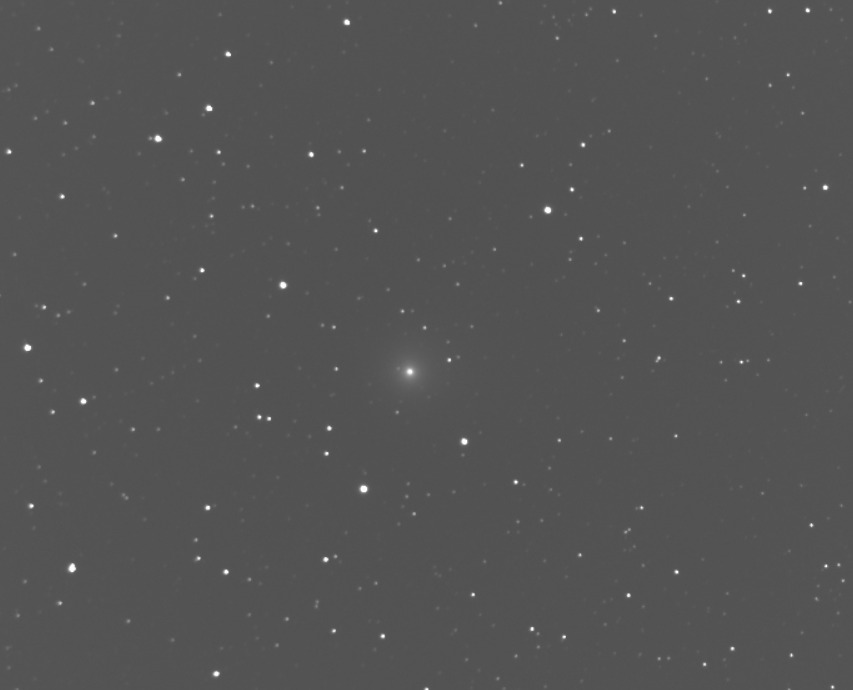Skywatching with Professor Mabson | ALPHA Teaser Series #1
February 1, 2022Are you excitedly anticipating the arrival of Capitol Tech’s ALPHA Observatory? We
are too!
As we wait for the official groundbreaking of the observatory, we’d like to share a .gif of comet C/2019 L3 ATLAS that was captured from the backyard of
Astronautical Engineering Professor Marcel Mabson. Check back on our blog often for more installments of this miniseries leading up to the grand opening of the observatory!
Can you find the comet in the video? Comet C/2019 L3 ATLAS was captured on January 27, 2022 @ 00:30 UTC in the constellation Gemini near magnitude 12.2, after it passed its perihelion point (closest point to the sun) on January 9, 2022. Professor
Mabson used a Celestron C8 (8-inch aperture) Smith Cassegrain Telescope (SCT)
mounted on a AVX equatorial mount. ALPHA will use the same optical design but
with a larger aperture of 11-inches mounted on a Celestron CGX mount. This system
has been used to collect tracking and photometry data on various objects since fall
2021 and provides initial test data for ALPHA students for software training.
This video is an example of what ALPHA will use to track Near-Earth Objects (NEOs)
like comets, asteroids, and meteoroids to determine their orbital parameters.
Observing NEOs requires monitoring a portion of the night sky by taking short 30-
second exposures over 5-minute intervals. This will allow foreground objects such
as comets to move (as is seen in the video), while background objects such as stars
and galaxies will not. ALPHA can then use these images to generate orbit
predications, measure rotational periods, and determine the speed of each NEO
object.
Read about the upcoming ALPHA Observatory here, and stay tuned for more news
leading up to its installation date!



